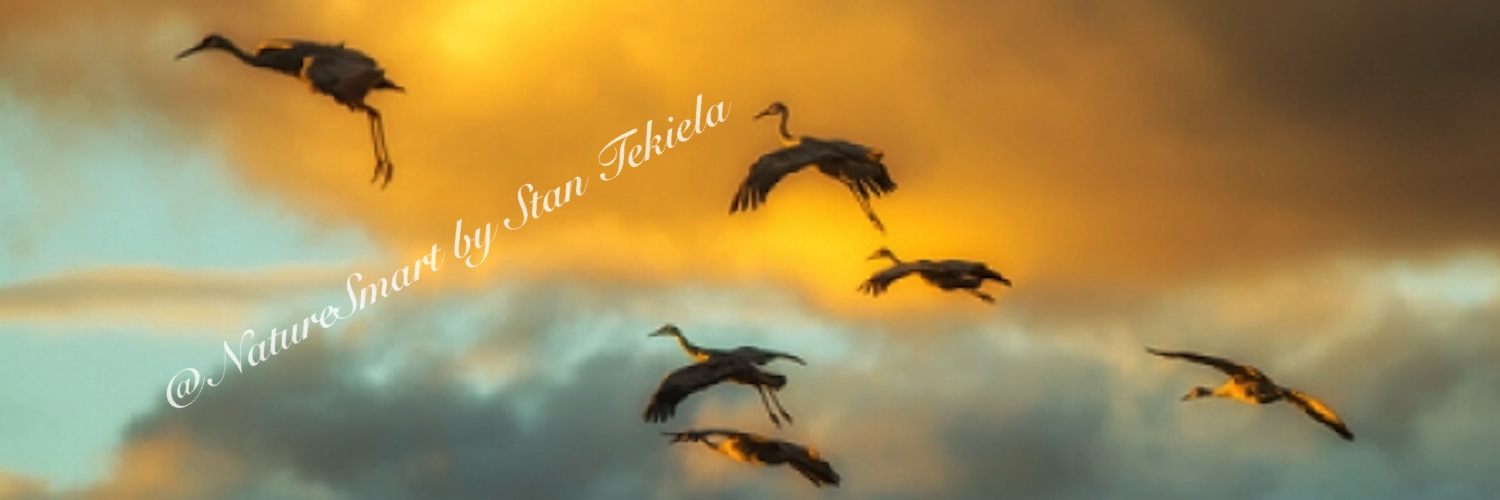
Stan Tekiela Reports from Alaska
Naturalist and wildlife photographer Stan Tekiela just returned from Alaska with many new tales and fabulous photography. Here is his first report.
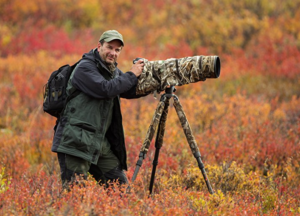
I go to Alaska every year for a variety of reasons: the wildlife, the amazing adventures, and the chance to connect with the mountains. This year is no different from any other year, but, on the other hand, everything has changed.
In the natural world, nothing ever stays the same. There is no consistency from year to year. It might seem similar, but, in reality, nothing ever stays the same. This is how nature works and how it must be.
For many years, I have returned to the same region of central Alaska. This year I spent seven days in the wilderness, away from it all—with no electronic connections (no email, no texting, no breaking news from around the world). The wilderness turned my cell phone into a very expensive watch, and I must say it was good. After a few days, I forgot what day it was and simply operated by the amount of daylight. I woke just before dawn and went to bed after dark.
I spent an additional week on the fringes of the wilderness, wandering around on the back roads of Alaska and just going where the day took me. This really paid off in several ways. I was able to capture some amazing images of beavers living their normal lives. Two adults and three young beavers were very busy. One day, the sky cleared of all its clouds, and I was able to photograph Denali Mountain from many different angles. This is a very cloudy region; however, when the sky breaks open a couple times a month, it reveals the tallest peak in North America.
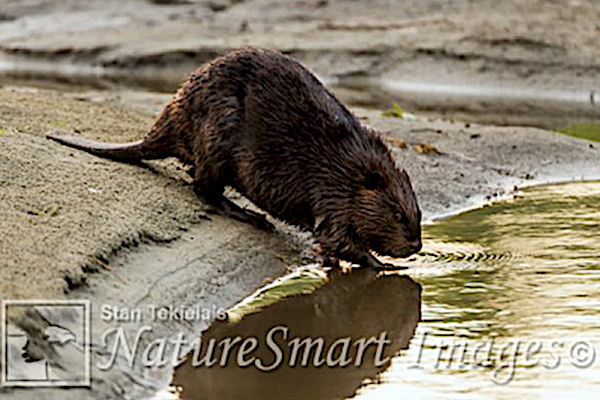
When you return to a place for many years, you can see the changes. For example, four years ago I was very happy to find and photograph a dozen or more Spruce Grouse. This is a conifer-forest bird about the size and shape of a chicken. I remember being thrilled to find so many males and females, along with their youngsters. This year I went searching for them again and was only able to find one male. He just sat there all alone. I captured some images and let him be.
However, what’s new this year are Snowshoe Hares. Three and four years ago, there were none. Last year there were a couple scattered here and there. This year you can’t travel a quarter-mile without seeing a dozen or more. Snowshoe Hares go through distinct population booms and busts on 8- to 11-year cycles. In response to this, there is whole host of predators that count on the Snowshoes for food. Everything from the Canada Lynx to wolves, coyotes, Golden Eagles, and Gyrfalcons.
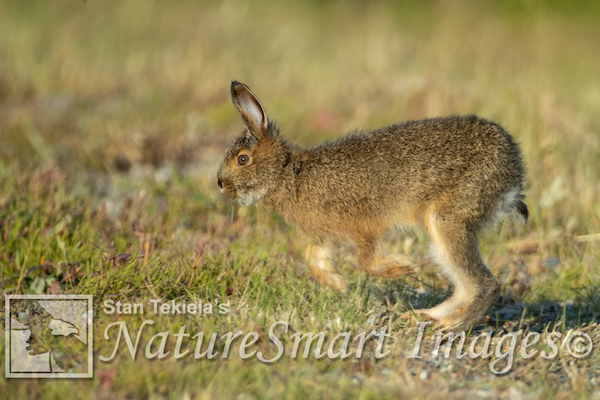
One little critter who takes advantage of the Snowshoe Hare boom is the amazing Short-tailed Weasel. This tiny predator routinely takes on prey more than double its size. They are small weasels, about 12 inches long. The males are up to 20 percent larger than the females. They turn white in winter (“ermine”) and brown during summer (“stoat”). They always have a black tip on their tails.
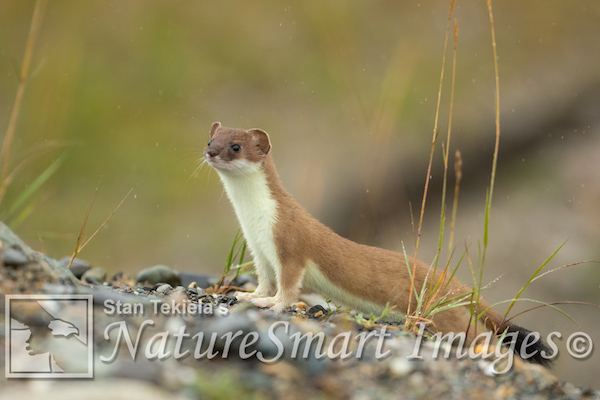
They have amazing energy and can be very inquisitive. One day, a Short-tailed Weasel popped out of an Arctic Ground Squirrel burrow near where I was standing. No doubt it was trying to catch its next meal. It poked its head out of the burrow and looked around. Over the next few minutes, it went down in the burrow then popped back out again. It would run a few feet away from the burrow, look around, and run back. Each time it would venture a little farther and farther away from the ground squirrel burrow, allowing me a number of opportunities to capture some fun images.
Eventually, it turned and ran down the riverbank, away from me in search of something else to eat. Watching him run along, I thought to myself, “Look out, Snowshoe Hares, here comes the Short-tailed Weasel.”
If you enjoyed Stan’s post, you may consider one of his amazing nature books: Majestic Eagles; The Lives of Wolves, Coyotes, and Foxes; or Backyard Birds: Welcomed Guests at our Gardens and Feeders. Young readers will delight in his award-winning children’s books, such as Whose Butt?, Critter Litter, and Jump, Little Wood Ducks.
You can follow Stan on Facebook and Twitter, or contact him via his web page. Stan’s nationally syndicated NatureSmart Column appears in more than 25 cities spanning 5 states (Minnesota, Wisconsin, Michigan, Illinois, and Pennsylvania) and is circulated to more than 750,000 readers. Stan’s author page on Amazon features some amazing videos! Check them out, and follow him for updates.
For more stories about wildlife and nature, sign up for our newsletter now!
More posts from Stan:
Indigo Bunting—A Familiar Summer Visitor
The Nesting Behaviors of Sandhill Cranes
Big Birds, Baby Birds, Birds Everywhere
Stan Tekiela observes Marsh Wrens
The Magical, Mystical World of Sandhill Cranes


